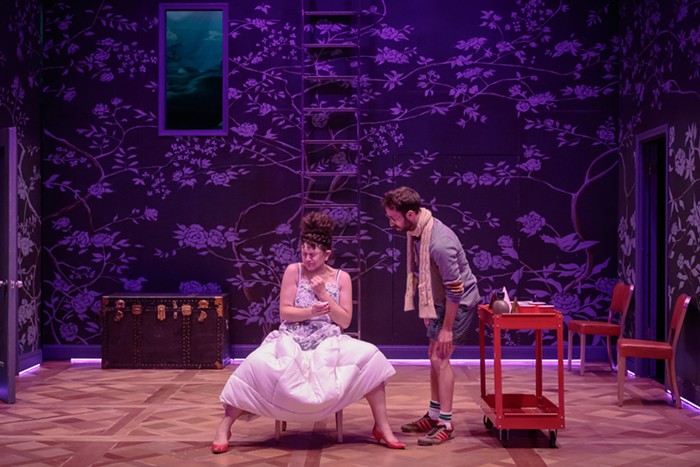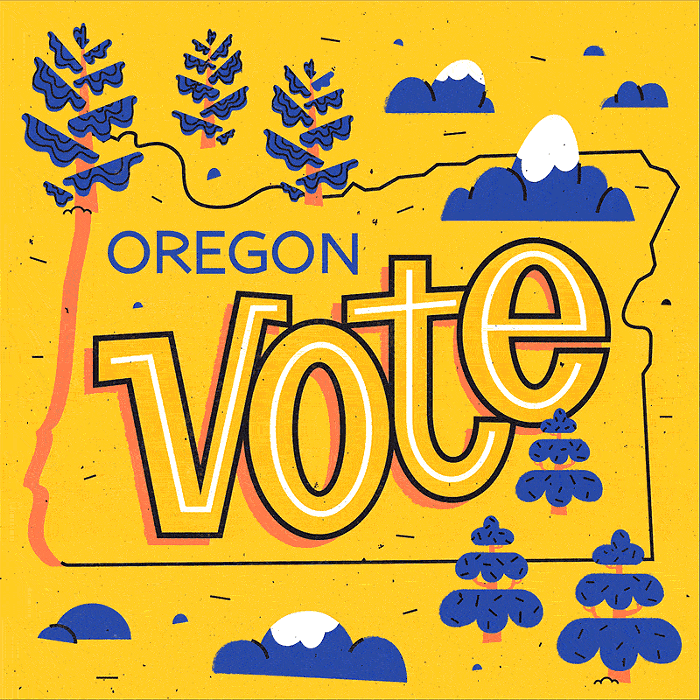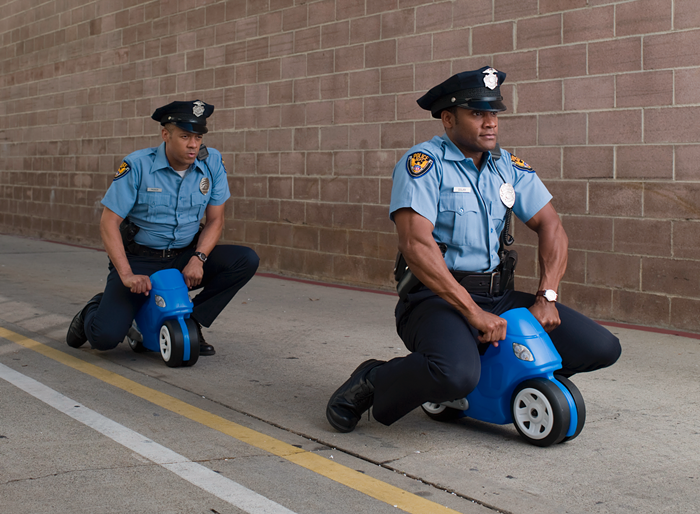I'm working this week on a cover story about change on North Williams, particularly noting the recent uproar around the transportation project planned for the street. After a six-month delay to include more public process, the recommendations for how to make the street safer (wider bike lane? Remove a car travel lane? Install more cross walks?) are finally due this March.
When people talk about gentrification, the conversation can get vague and highly emotional. So the story this week focuses on the facts and figures of change. Here are some quick mind-boggling statistics from North Williams:
• Of the 62 retail spaces along North Williams from Broadway to Alberta, 42 have opened just since January 2007. That's means 68 percent of businesses on the street are less than five years old.
• The entire budget of the Williams transportation project—including planning, outreach, and actual construction—is $370,000. To put that in context, the cost of one stoplight is $200,000. Of that $370,000 budget, 25 percent has already been spent on planning and public involvement.
• The racial demographics have almost completely flipped: In 1990, 70 percent of the neighborhood was black and 21 percent was white. Today, the neighborhood is 27 percent black and 54 percent white.
• From 1956 to 1970, three back-to-back urban renewal projects tore down over 1,500 houses in the Albina neighborhood (of which Williams is the heart). Here's what the street looked like in 1962. In 1972, it looked like this:
One of the points of tension for long-time residents of the neighborhood is seeing those places where African-American homes and businesses used to flourish turning into vacant lots and then fancy new projects. As Urban League Advocacy Director Midge Purcell told me, “There were music venues, social clubs. All the things that made it a community, those things are no longer here and the things that have replaced them are the exact opposite of what made this community."













